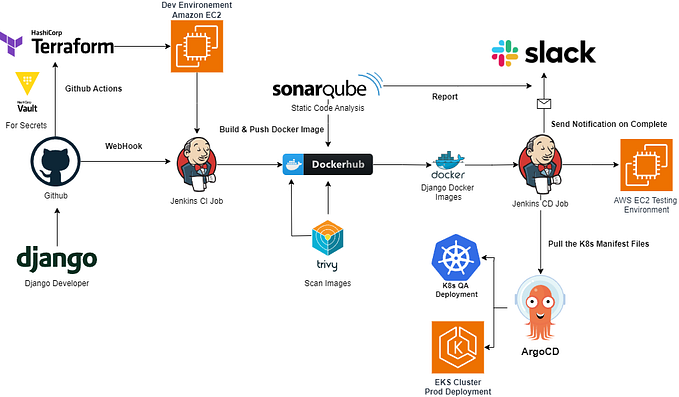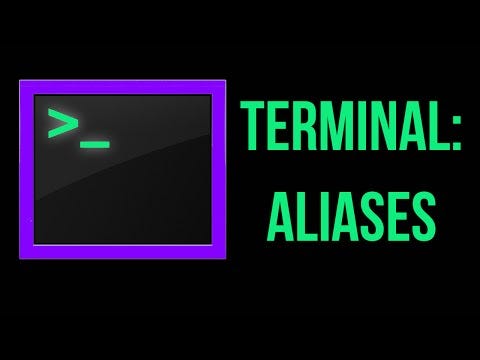Member-only story
GitHub is an online code hosting platform that allows for high quality version control as well as seamless collaboration between users any where in the world. It allows you and others to work together on projects from anywhere by essentially not compromising the integrity of the original project. In this short blog post I will demonstrate how to successfully create a repository.
To start you will need to need to have installed the Git plugin package, the download comes with multiple tools in the but for this task we will be using Git Bash. You can read more about the other apps that are downloaded here.
Once you have Git installed you will want to create an account if you don’t already have one on GitHub.com, you will want to find the “+” drop down in the top right of the screen, next to your profile drop down. Then you will want to select “New repository”, this is shown below.

After you have created a repository you will want to have Git Bash launched and working. Next you will want to navigate you the folder that contains the files that you are trying to upload. You can do this using the “cd” command.
Once you are in the correct directory you will want to execute the following commands in Git Bash in the order they appear. You can check what directory you’re working out of using the “pwd” (print working directory) command.
- This will begin the initialization of the push.
git init2. The “ . “ indicates all files will be added to the commit.
git add .3. The “-m” stands for message, essentially what you will name the commit.
git commit -m "whatever you would like to name this commit"4. Creating a new remote with a link generated for you, will specify where we want to add a remote named “origin” in order to establish a connection.
git remote add origin <link from the GitHub repository you made>






